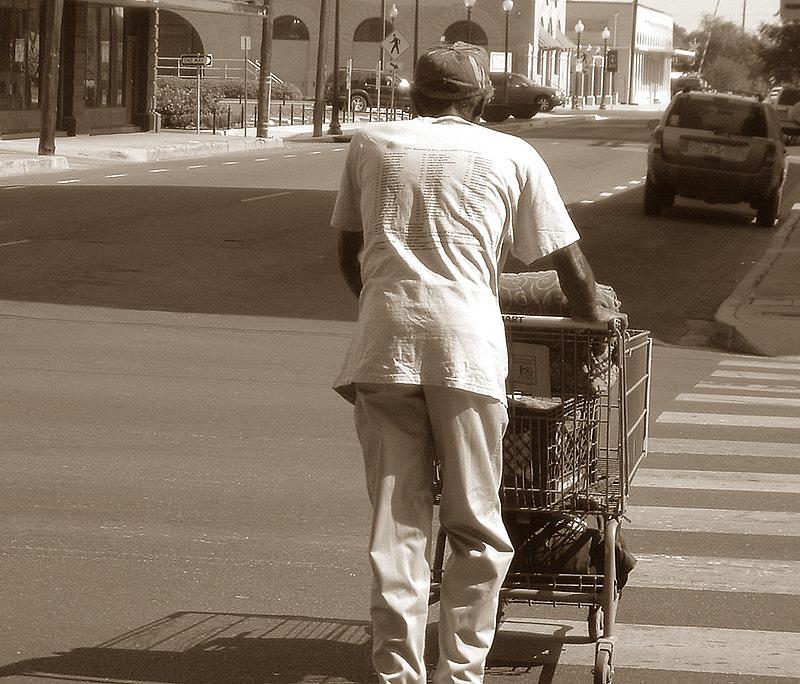Oakland’s Aging Gap: A look into aging on the streets
It started with a Nextdoor post, which it turns out, can be a very good place for a journalist to get story ideas sometimes. One of my neighbors asked everyone to get together and celebrate the 61st birthday of another neighbor: a longtime resident of East Oakland, who was evicted from her apartment a couple years ago. She uses a walker, yet lives in her car, and still hangs out around where she used to live because she has nowhere else to go.
Having no choice but to live out of one’s car can be challenging for any human being, but that challenge is certainly intensified for a 61-year-old woman with health problems. It was this Nextdoor post that led me to think deeper about middle-aged and older people living on Oakland’s streets. The aging process is a field of study that researchers are still trying to better understand, and it’s one that many people are fascinated with and, if they have it, spend money to slow down. Public health officials advise that in order to age healthily, a person should exercise, participate in activities, and eat healthy food, but not everyone has that privilege. It’s hard to take care of yourself, and age with dignity, when you’re living on the street.
In Oakland, the homeless population is on the rise. Between 2017 and 2019, Alameda County’s homeless population increased by 47%, according to the 2019 Point-In-Time Count, released last July. Fourteen percent of the population was over the age of 60. Indeed, older adults, many who worked labor jobs most of their lives, are aging on the streets in part due to the Bay Area’s housing crisis; 57% of respondents reported they had been living in Alameda for 10 years or more. Like the neighbor on Nextdoor, many of these people have lived in Oakland for a long time. In the Bay Area, the average age of a homeless person is mid-50s.
Margot Kushel, M.D., director of UCSF’s Center for Vulnerable Populations, has been studying homeless populations since the late 1990s. Today, her research focuses on understanding the biological effects of homelessness in older people, specifically in Oakland. In a phone interview, she told me the number of homeless people aging on the streets is expected to rise because the baby boomer generation is aging. Kushel said what she often sees in Oakland is that some event impacts people after the age of 50.
“Either they lost their job, a spouse or there was an unplanned health crisis that put them in debt, maybe a marriage broke, or mom died,” Kushel said. “We see that they weren’t on the title of a house and then they couldn't afford to get back into the market.”
In one 2016 study, Kushel found that homeless people in their fifties have more geriatric conditions than those who have homes and are decades older. Geriatric conditions that usually affect people later in life are common among homeless adults who are in their mid-50s.
“Usually, we think of geriatric conditions as affecting much older adults in their 70s, 80s and 90s,” said Rebecca Brown, M.D., MPH, a co-author with Kushel on a paper, said in 2016 . "We found these conditions were very common in homeless adults with an average age of just 58.”
Kushel’s research is contributing to a growing body of literature that is driving discussions about public benefits for low-income older adults, as well as a better understanding of how homelessness accelerates aging. From extreme loneliness to heart problems to vision impairment, how does living without a home affect or contribute to these conditions as a person ages?
The irony is that across the San Francisco Bay, wealthy tech executives are paying thousands of dollars to slow down their own aging processes. There is an aging gap in the Bay Area that needs to be addressed. In my project for the 2020 California Fellowship, I will focus on how housing instability affects a person’s health, particularly in middle-age. This story is just as much about the health crisis among homeless populations as it is about the overstretched resources available to vulnerable populations in our current health care system.


